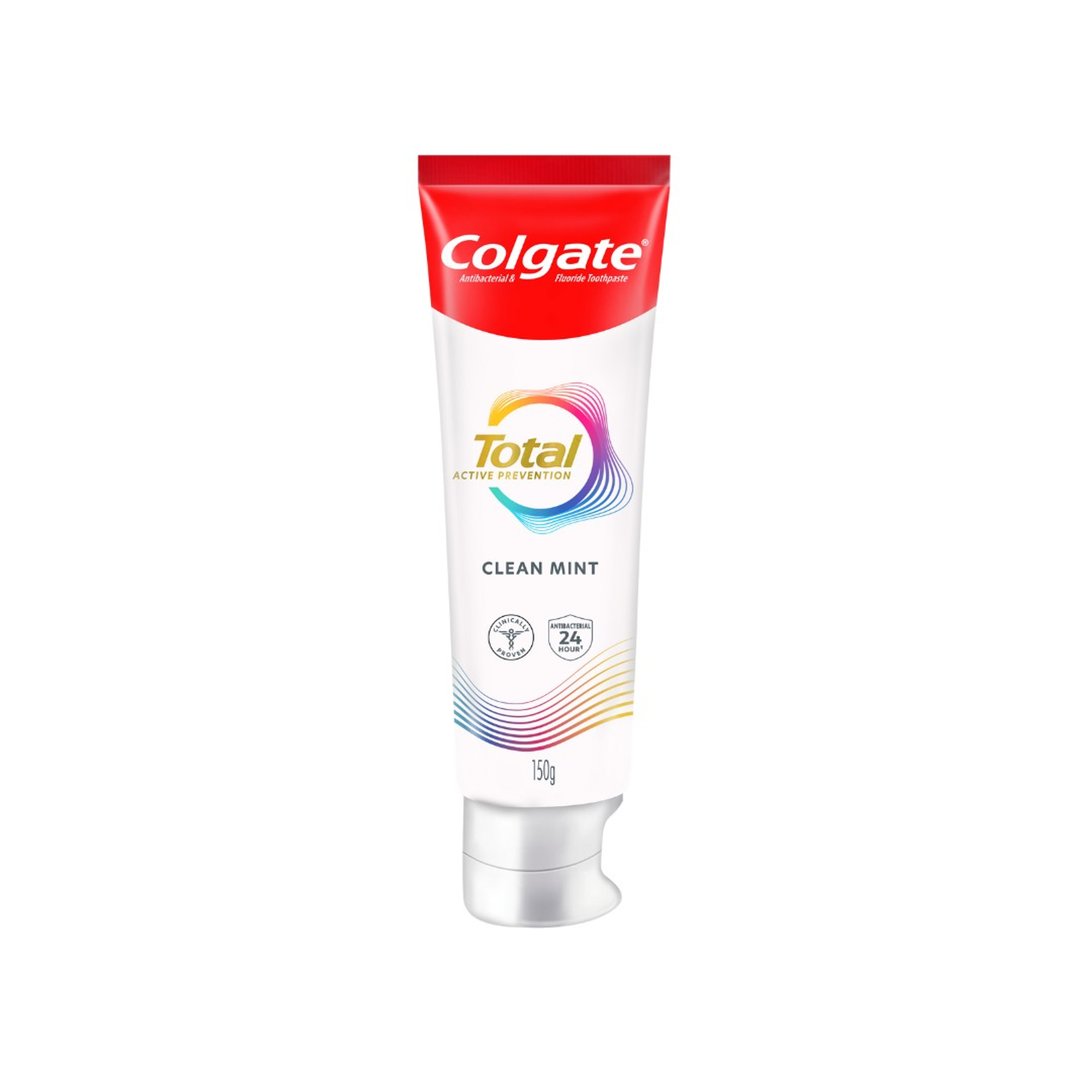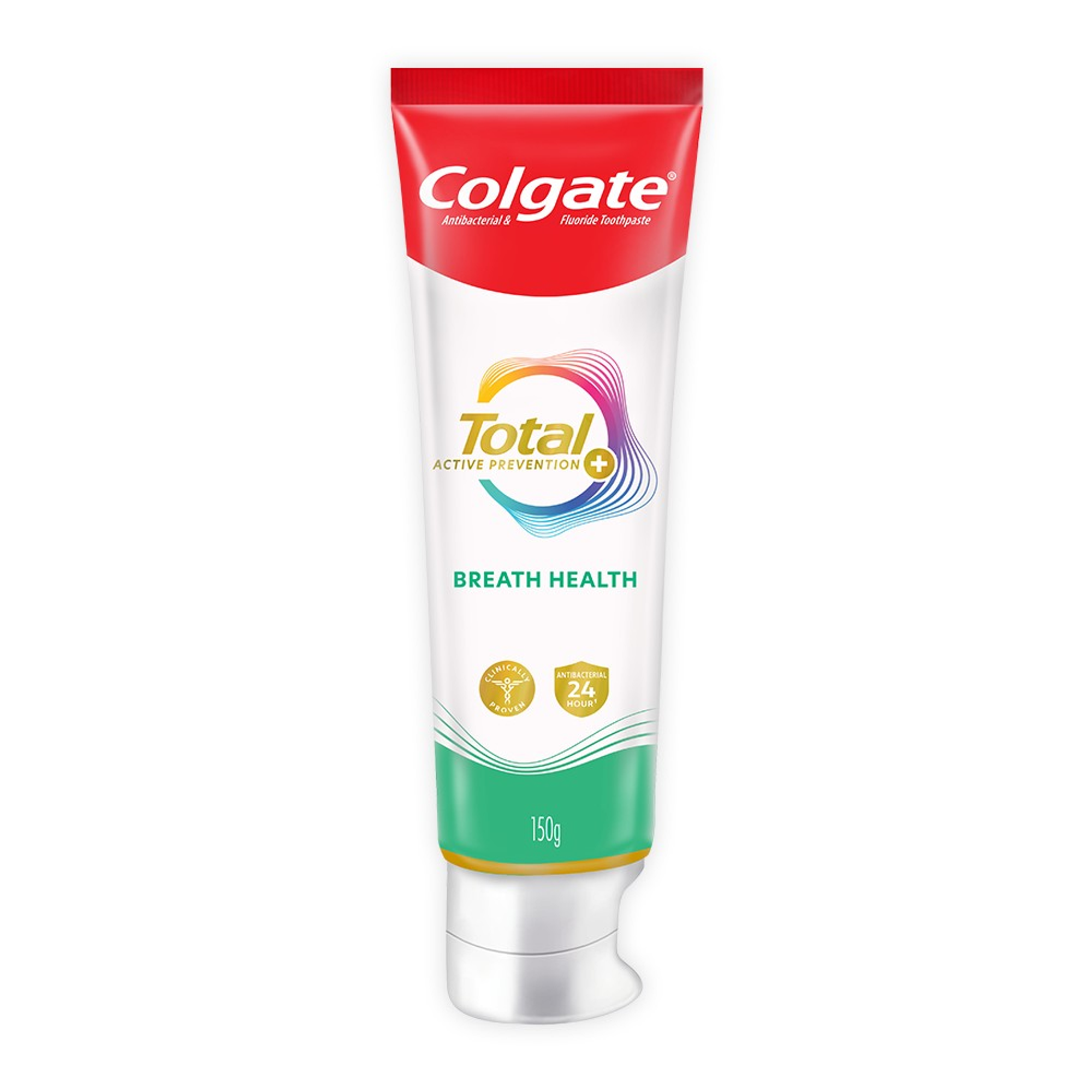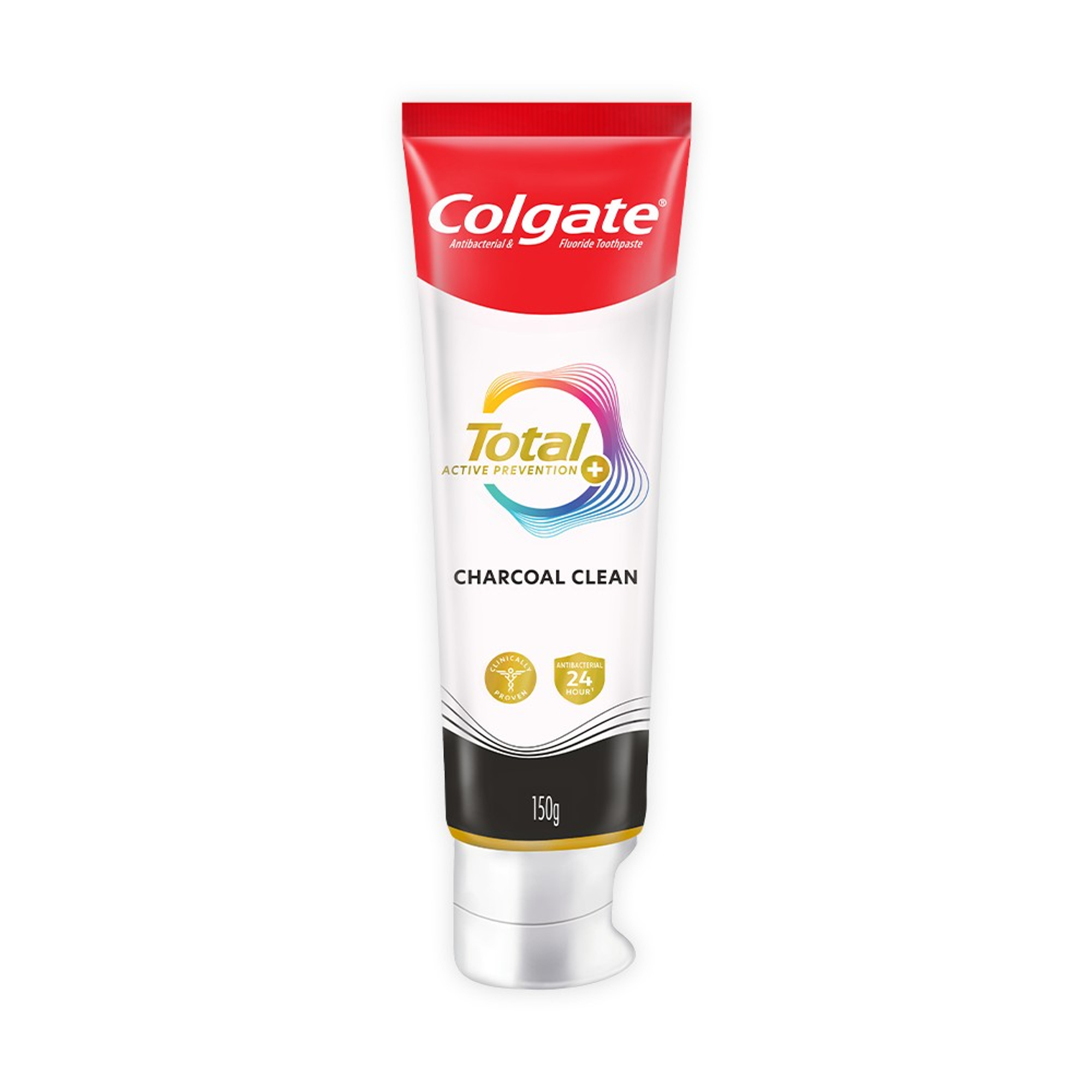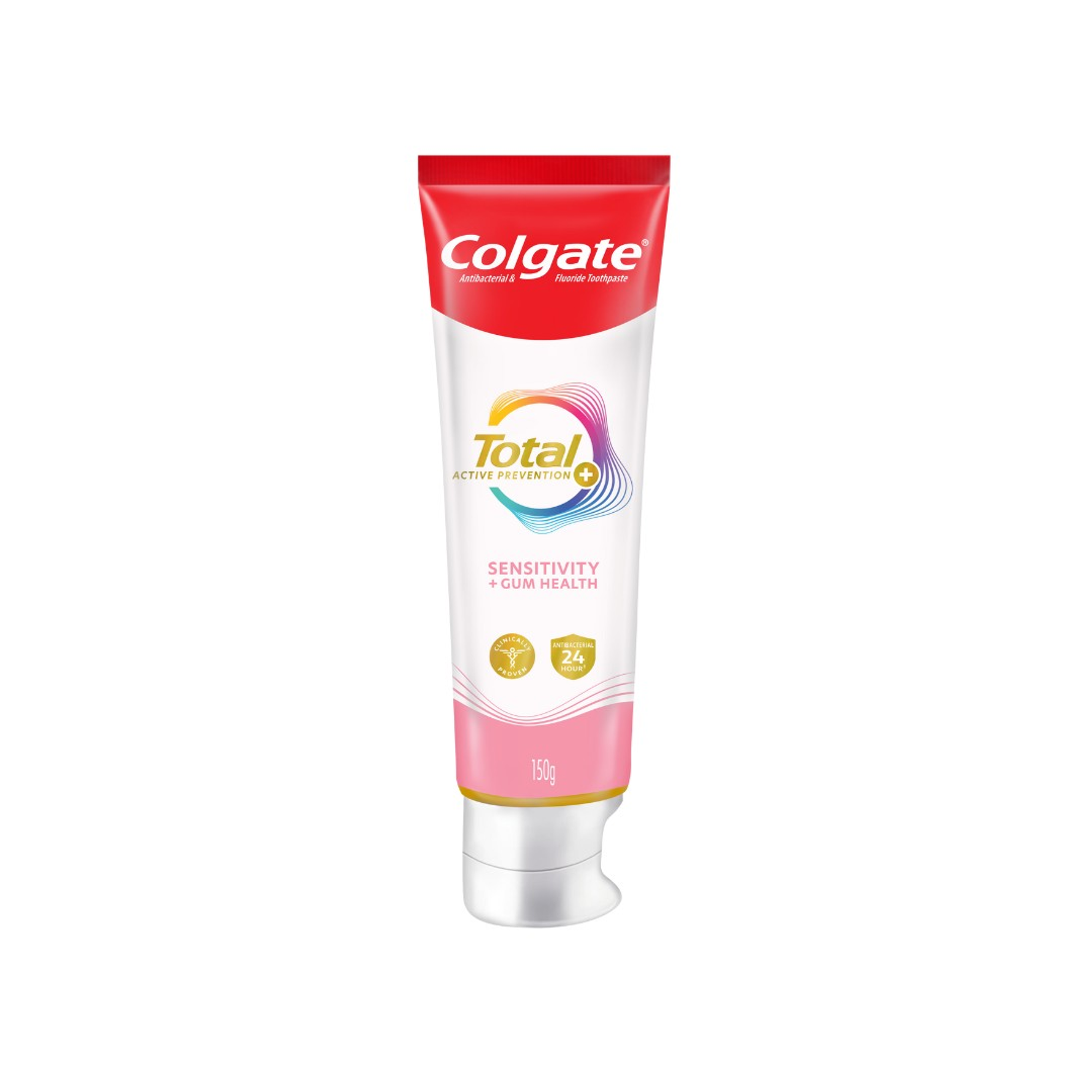-
-

ADULT ORTHODONTICS
Should You Use Mouthwash Before or After Brushing?Brushing and flossing are the foundation of a good oral hygiene routine, but mouthwash can also be a useful addition...

SELECTING DENTAL PRODUCTS
Soft Vs. Hard Toothbrush: Which One Should You Use?The toothbrush has come a long way. As the American Dental Association (ADA) notes...
-
Science & Innovation
- Oral Health and Dental Care | Colgate®
- Oral Health
- Oral Piercings


What are Oral Piercings?
Oral piercings are any piercings of the tongue, lips or cheek. In recent years, oral piercings have become a form of self-expression. As with pierced ears, the metal jewelry used in oral piercings comes in different styles, including studs, barbells and rings. However, piercing your tongue, lips or cheek involves greater health risks than piercing your ears. Before having any part of your mouth pierced, you should seek advice from your dentist.
What are the Different Risks Involved with Oral Piercings?
You may not be aware of the potential side effects of oral piercings. These include:
- Infection — our mouths contain millions of bacteria, which can lead to infection after an oral piercing. Handling jewelry once it has been placed in the mouth also increases your chances of getting an infection.
- Prolonged bleeding — if a blood vessel is punctured by the needle during piercing, the result can be difficult-to-control bleeding and serious blood loss.
- Pain and swelling — pain and swelling are common symptoms of oral piercings. In extreme cases, a severely swollen tongue can actually close off the airway and restrict breathing.
- Chipped or cracked teeth — contact with oral jewelry can fracture teeth. Teeth that have restorations, such as crowns or caps, can also be damaged if the jewelry strikes them.
- Injury to the gums — not only can metal jewelry injure soft gum tissue, it can cause the gums to recede. In addition to looking unattractive, recessed gums leave your tooth root more vulnerable to decay and periodontal disease.
- Interference with normal oral function — jewelry in the mouth can cause excessive saliva flow, impede your ability to pronounce words correctly, and cause problems with chewing and swallowing.
- Blood-borne diseases — oral piercings have been identified by the National Institutes of Health as a possible factor in transmitting hepatitis B, C, D and G.
- Endocarditis — oral piercing carries a risk of endocarditis, an inflammation of the heart valves or tissues. The wound created during oral piercing provides an opportunity for oral bacteria to enter the bloodstream, where they can travel to the heart.
How Long do Oral Piercings Last?
As long as your mouth stays free of infection and your oral piercings do not interfere with normal function, they can stay in your mouth indefinitely. Just be sure to see your dentist at the first sign of pain or problems, in addition to your regular checkups. Because of the risks involved even after the initial wound has healed, such as damage to the teeth or jewelry that becomes loose and gets ingested, your safest bet is to avoid oral piercings altogether.
Related Articles
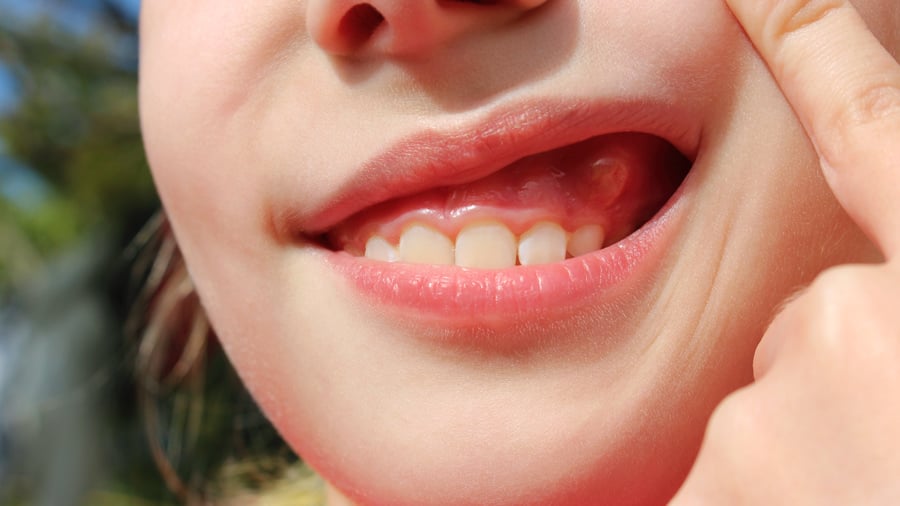
If you notice anything strange in your mouth, such as a gum boil or a bump that looks like a pimple, it's a good idea to have it checked out by a dentist.
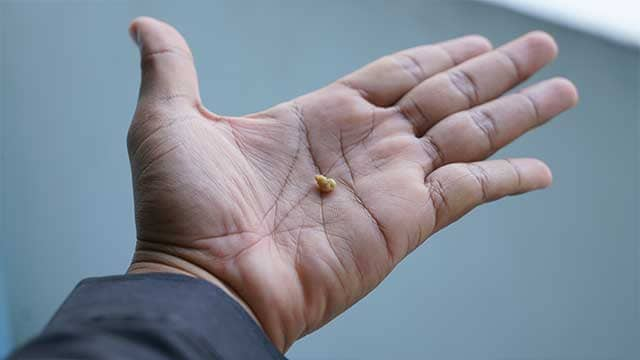
Tonsil stones, clinically called tonsilloliths, are small, white discharges that form in the crevices of the tonsils. They are typically found on the surfaces of the pharyngeal tonsils on either side at the back of the throat. They can be as small as a grain of rice or as large as a pea. They are quite common and usually harmless, but they may spark alarm in patients when noticed for the first time.

Related Products

Helping dental professionals
More professionals across the world trust Colgate. Find resources, products, and information to give your patients a healthier future




